Camera bodies, lenses and accessories are significant investments that require care. They start the day with us at sunrise, finish at sunsets and stick with us for the many moments in between. They attend parties, milestone events, embark with us on travel or when we're just kicking around the house looking for something to shoot. Many take care of their gear after every outing. Some wait until it's very obvious that a good cleaning and maintenance is well overdue.
With a few dollars and a few minutes of routine care time, your investment will require less costly maintenance. Read on for simple care tips that will ensure your gear continues to provide you with beautiful, clear images for many years.
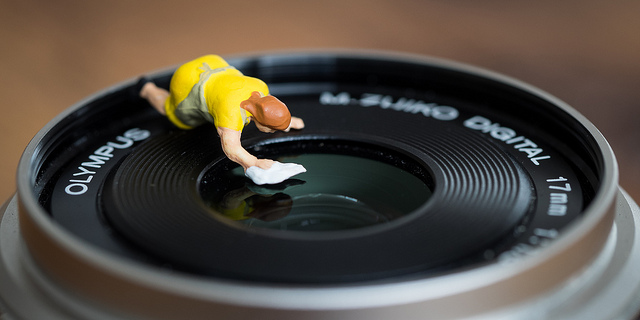
Photo by the Preiser Project
1. Lens Caps: Front and Back
Making the personal commitment to always keep the caps on your lenses when not in use will protect your lenses and help keep them clean, scratch-free and safe, inside and out.
2. Lens Cleaners
Lens cleaners come in single packs, multi-packs, sprays and/or wipes. Buy these in bulk and keep multiple in your camera bag, car, laptop bag and home storage area. Even after the lenses are clean, use the wipes to keep the other areas of your camera clean. Don't forget to wipe the viewfinder and the live view screen.
3. Blower
Even when in storage, dust collects on our lenses and cameras. When taking lenses out of the bag and after removing the front lens cap, using the blower to remove dust is a one second action that prevents removing spots on the images in post processing. The blower is always in my bag.
Another effective use of the blower is to blow the grooves of the lens before removing the lens from the camera, particularly if you've been in a dusty or sandy area. Wait until the dust settles (sorry, couldn't resist) before removing and changing lenses.

Photo by Chris Hsia
In the event the sensor collects too much dust, the hand blower (never used compressed air from the can, this will damage your sensor) can be used for light dust situations. Before performing this function, make sure you follow instructions in the manual. It took me a couple of years to feel comfortable doing this. Note: a blower can also put dust onto your sensor too, so be careful.
If the sensor is still dirty, consider professional maintenance for a nominal fee. Sensor damage brings harm to the pocketbook and time without your camera.
4. Camera Bag
There are many high quality camera bags and backpacks that come in different shapes, sizes, colors and construction. Finding the right camera bag or bags takes time, particularly as your gear collection expands.
For storage and travel, select a sturdy multi-compartment bag that has sufficient padding protection and is water repellent/resistant. When it's out for a daily hike, having a backpack or daypack is easy on the back while protecting the camera.
Tip: take your gear with you when selecting a camera bag. Or if ordering online, look at the pictures of the bags and review their dimensions. Then lay out your gear that you would keep in the bag with a couple of inches between each item and measure to see if it fits. Not perfect, but it helps.
5. Clean Camera Bag
When we've had our camera bag for months and years, it collects ‘things'. It may be a silica packet (see below) that tore, dust or grass that somehow made its way in when doing an outdoor shoot. Dog or cat hair may magically float in from our fur-kids. Perform a spring cleaning and it will feel almost like new.
6. Rain Sleeve
A 2 pack of 18-inch rainsleeves sells for $6.50 US at Amazon. I have one in each camera bag just in case. For smaller camera/lenses, a zip-loc bag can serve as good protection in a pinch.
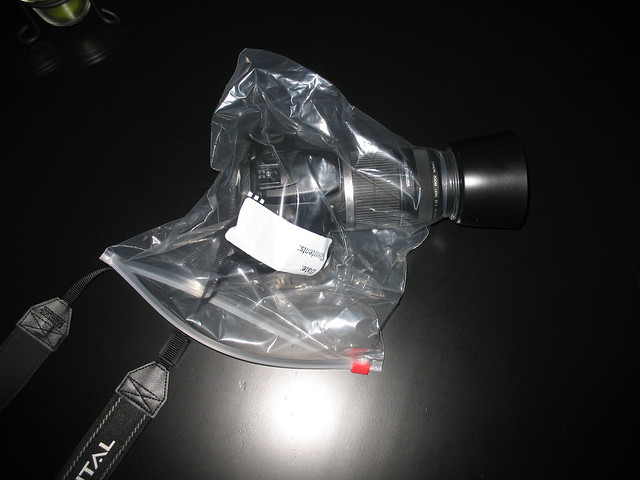
Photo by Chris Short
7. Silica Gels
Our cameras are exposed to many conditions. Air conditioning, indoor heat, external elements. Taking silica packets that are found in packing materials or silica capsules found in medicine containers (like Excedrin, Acetaminnophen, Aspirin) and keeping them in your camera bags will help absorb moisture. Pet and child alert: when these go in your bags, make sure to keep them out of reach of pets and children. Silica is not to be consumed and is poisonous.
Cameras, lenses and accessories are expensive. The down time without our gear can be costly and just plain irritating. Taking a few minutes to clean, inspect and protect your gear ensures you're ready to go the next day.
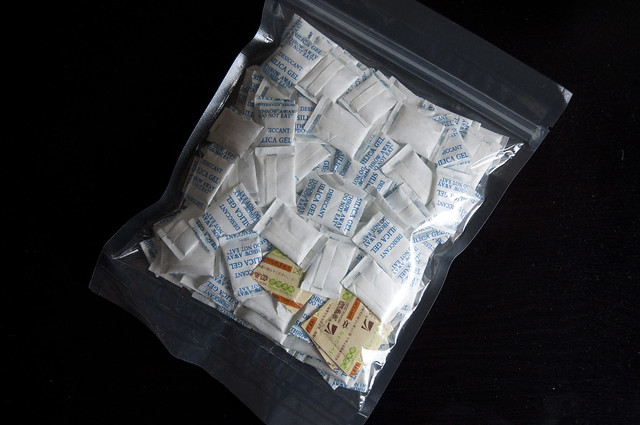

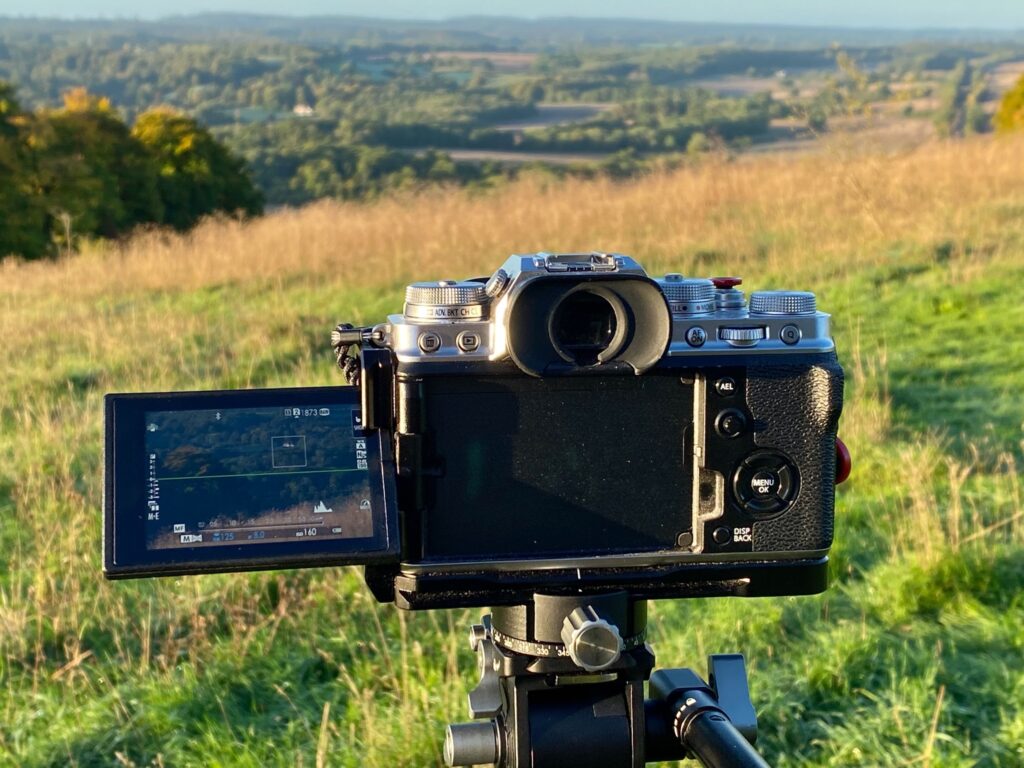

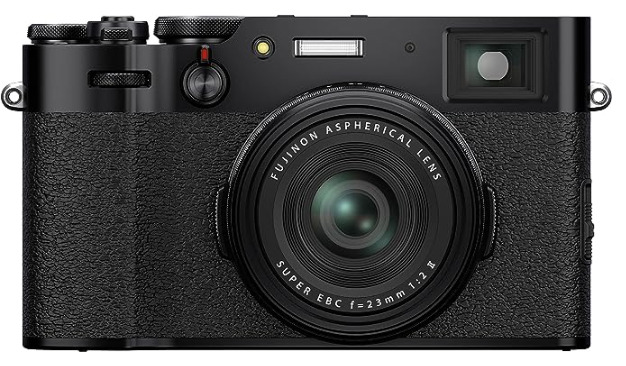
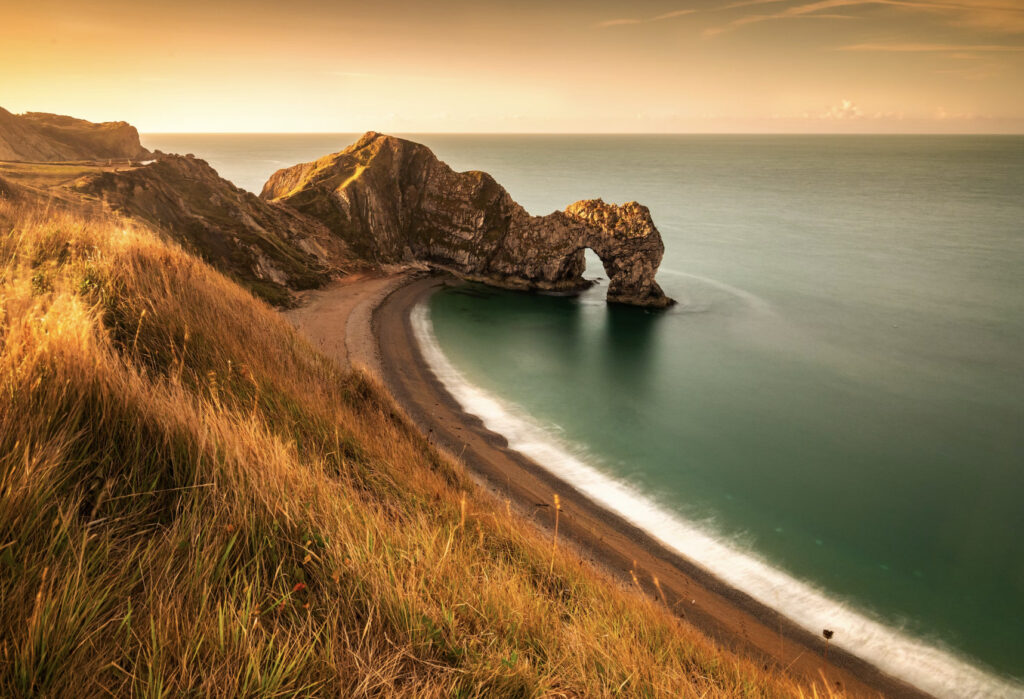
19 Comments
Need all the good advise thanks
You’re very welcome Shirley!
Cheers I found these tips helpful, off cleaning now
Awesome Paul – thank you!
Great reminder for us all. I like the idea of taking storage bags (just in case).
You’re very welcome Jon!
Thank you for this advice. Greatly appreciated.
Hi Vincent – you’re comments are appreciated!:)
I was amazed to see that I know all of the tips, and now how lazy I am, that I don,t do them more often, it only took me about ten minuets to my camers and two lens.
Bill – thanks for reading and commenting – have a good one!
Yep good reminders of what to do…thanks
You’re very welcome Tilton!
The moment I buy a new lens I put a UV filter on it. Protects the lens from accidents, a small investment.
Really appreciate it. Thanks a lot for the tips.
Silica packs are actually non-toxic. The packages have a “Do Not Eat” warning simply because they are not food, and pose a choking hazard to small children. Good advice nonetheless.
great, simple, DIY maintenance skills for all levels of photography. I’d also recommend annual professional cleanings. PS silica gel is not poisonous, it’s quite inert 😉
Great article! Thanks for writing it.
I travel for a living and have a camera by my side nearly constantly. I’m super-fussy about sand. I never set my bag down in any kind of sand. Tripod legs get cleaned up right away. Sand is a killer of gear!
Thank you for adding warning about silica packets!
Might need to copy and past this, then shorten it into smaller, condensed bullet point list. Very helpful.